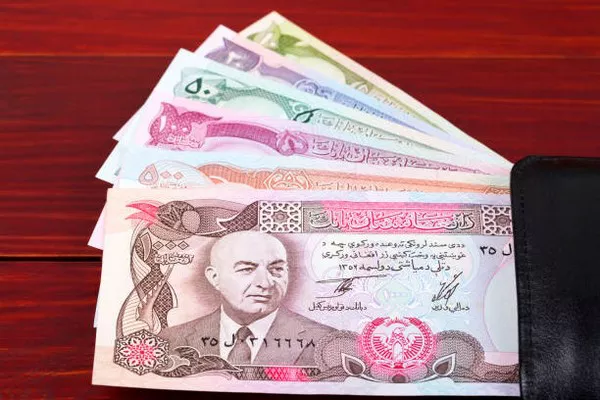The Afghani, the official currency of Afghanistan, has long been subject to scrutiny and debate regarding its stability, reliability, and overall standing in the global economic landscape. As Afghanistan grapples with a complex socio-political environment, understanding the strengths and weaknesses of its currency is essential for both local and international stakeholders. In this article, we will delve into the factors that contribute to the perceived value and stability of the Afghani, examining its historical context, economic challenges, and the potential for improvement.
Historical Perspective:
The Afghani, introduced in 1925, has experienced a tumultuous journey marked by periods of stability and volatility. Over the decades, Afghanistan has faced political instability, armed conflicts, and economic challenges, all of which have left their mark on the country’s currency. The Soviet invasion in the 1980s, followed by the civil war and the Taliban regime, significantly impacted the Afghani’s value, leading to periods of hyperinflation and a loss of confidence in the currency.
Post-2001 Reconstruction:
The overthrow of the Taliban regime in 2001 ushered in a new era for Afghanistan, with reconstruction efforts aimed at stabilizing the economy and rebuilding the nation. The international community, including organizations such as the International Monetary Fund (IMF) and the World Bank, played a pivotal role in supporting Afghanistan’s economic recovery. Efforts were made to strengthen the Afghani, with a focus on monetary policy, financial sector reform, and institution-building.
Challenges Faced by the Afghani:
Despite these efforts, the Afghani has faced persistent challenges that have hindered its stability and international standing. One major issue is the country’s heavy reliance on foreign aid, which can create vulnerabilities in the face of geopolitical shifts and changes in donor priorities. Additionally, the ongoing conflict and security concerns have hampered economic development, making it difficult to establish a robust and self-sustaining economy.
Another challenge is the informal economy, which is prevalent in Afghanistan. The lack of proper regulation and oversight in certain sectors contributes to a dual economy, with significant transactions occurring outside the formal banking system. This can undermine the effectiveness of monetary policy and contribute to currency instability.
Furthermore, the Afghani has been subject to fluctuating commodity prices, particularly in relation to its dependence on imports for essential goods. Global economic factors and geopolitical events can impact Afghanistan’s trade balance and foreign exchange reserves, influencing the value of the Afghani.
Recent Developments and the Taliban Takeover:
The situation in Afghanistan took a drastic turn with the Taliban’s takeover in 2021. The abrupt change in government and the subsequent withdrawal of international support raised concerns about the country’s economic outlook and the stability of the Afghani. The freezing of Afghanistan’s foreign reserves by international financial institutions further exacerbated economic challenges, leading to a sharp depreciation of the Afghani.
The Taliban’s governance also introduced uncertainties about economic policies and the potential for financial inclusion. International recognition and engagement will play a crucial role in determining the Afghani’s future trajectory, with the need for transparent economic governance and adherence to international standards.
Prospects for Improvement:
While the challenges facing the Afghani are substantial, there are potential avenues for improvement. A concerted effort to diversify the economy and reduce dependence on foreign aid could enhance Afghanistan’s economic resilience. This involves investing in sectors such as agriculture, mining, and manufacturing to create a more self-sustaining economy.
Addressing issues related to the informal economy through regulatory reforms and improved financial oversight can contribute to the stabilization of the Afghani. Strengthening the formal banking sector and promoting financial literacy can encourage greater participation in the formal financial system, reducing reliance on informal channels.
International collaboration and support will continue to be crucial for Afghanistan’s economic development. Engaging with multilateral institutions, securing foreign investment, and establishing trade partnerships can contribute to a more stable economic environment and enhance the Afghani’s credibility on the global stage.
Conclusion:
The evaluation of the Afghani as a currency involves a nuanced understanding of historical challenges, ongoing economic issues, and the impact of recent geopolitical events. While the Afghani has faced significant obstacles, there are opportunities for improvement through concerted efforts in economic diversification, regulatory reforms, and international collaboration. The stability and credibility of the Afghani will be pivotal in shaping Afghanistan’s economic future and fostering a more resilient and self-sustaining nation.


